Table of Contents
Fact of the case
Arguments of parties and court’s rulings
Relevant provisions and legal doctrines or theories
Implication and evaluation
Bibliography
In order to understand the case of Graham v. John Deere Company case, it is a must to understand the previous case involving this invention because the case, which is analyzed here, is based on a series of previous cases. Before this case, Graham earned two patents in 1950 and 1953. In 1950, Patent No. 2,493,811 was issued to Graham. After that, Graham got another patent with Patent No. 2,627,798 in 1953. The analyzed case here is about infringement of Patent No. 2,627,798 issued to William T. Graham later on, for a "Clamp for Vibrating Shank Plows", which was held in 1963.
In 1950, William T. Graham invented a device which was a combination of old mechanical elements: a device designed to absorb shock from the shanks of chisel plows as they plow through rocky soil and, thus, prevent damage to the plow.
Patent No. 2,493,811
Graham sought to solve this problem by attaching the plow shanks to spring clamps to allow them to flex freely underneath the frame of the plow. He applied for a patent on this clamp, and in 1950, obtained U.S. Patent No. 2,493,811. Shortly thereafter, he made some improvements on the clamp design by placing the hinge plate beneath the plow shank rather than above it to minimize the outward motion of the shank away from the plate. A spring clamp allows the plow shank to pivot up upon hitting an obstruction and then to subsequently spring back down. A stirrup prevents both excessive strain on the shank and fishtailing of the shank. He applied for another patent on this improvement, which was granted in 1953 as U.S. Patent No. 2,627,798.
Patent No. 2,627,798
Broadly stated, Patent 798 relates to the mounting of tools on a frame which is moved over the ground to break the soil process termed "chisel plowing". Graham Plow, Inc.'s predecessor manufactured and sold chisel plows wherein the upper forward portion of the shank was rigidly fixed to the plow beam by a rigid clamp. These rigid structures proved to be unsatisfactory. It was due to their inability to withstand shocks when used for plowing in rocky soil. Graham devised a spring clamp structure, and was issued a patent'No. 811' on January, 1950. Graham Plow, Inc. has continued to manufacture and sell plows with spring clamps which embody the principle of the 811 Patent, but neither appellees, nor any licensee under them, has ever manufactured or sold a clamp embodying the 798 structure.
By looking at the mechanical structure more deeply, it can be seen that the 798 clamp, also a "spring clamp", is used to connect the upper forward end of a resilient shank to a beam with the lower end of the shank carrying a chisel for plowing or other ground-working operations. The clamp includes a body portion movably attached to the beam with a rearward portion having a pivot pin on which is pivotally mounted a movable part with a plate portion extending forwardly or longitudinally of the normal direction of travel of the plow. The upper forward portion of the shank extends through a stirrup or loop element at the rear of the movable part and longitudinally beneath the plate portion of the movable part and is connected to the plate at the forward end thereof at a substantial distance from the pivot pin, whereby the shank and movable part pivot together about the axis of the pivot pin. A coil spring is arranged at the forward end of the body and, through a nut, washer and spring rod, acts on the shank and plate member to resiliency urge the forward end of the shank and plate upwardly toward the body of the clamp to a stop engagement therewith to normally hold the shank in normal position. In plowing operations, forces are exerted rearward and upwardly on the chisel or other ground-working tool, and when sufficient to overcome the forces applied by the spring the shank and movable part will pivot on the pivot pin with the forward end of the shank and plate moving downwardly against the tension of the spring. Forces in plowing hold the shank against the rear of the plate of the movable part and when said forces are removed or lessened, or the ground-working tool removed from the ground, the shank at the rear of the movable part is supported by a stirrup or loop that embraces the shank adjacent the pivot of the movable part. In plowing operations, if the ground-working tool strikes a rock or other obstruction, substantial shock and forces are applied to the shank, pivoting the shank and movable member about the pivot pin, tending to compress the spring and permitting upward movement of the ground-working tool whereby it can pass over the rock or obstruction and, as it passes over such obstruction, the stirrup or loop on the movable part supports the shank against excessive rebound.
Concerning this invention, five prior patents indicating the state of the prior art were made of record in the Patent Office during Graham's prosecution of the application for the 798 Patent. Four of these patents, ten others not of re
http://www.patentstorm.us/search.html?q=nonobviousness&s.x=10&s.y=6
http://en.wikipedia.org/wiki/Graham_v._John_Deere
http://en.wikipedia.org/wiki/Inventive_step_and_non-obviousness
http://en.wikipedia.org/wiki/Hotchkiss_v._Greenwood
http://www.ladas.com/Patents/USPatentHistory.html
http://ipmall.info/hosted_resources/lipa/patents/patentact.asp
http://www.sunstar.com.ph/static/ceb/2008/10/17/bus/john.deere.patent.case.html
http://www.encyclopedia.com/doc/1E1-Deere-Jo.html

- 오늘 본 자료가 없습니다.
- [사회복지윤리와철학] 윤리적딜레마에 대한 사례를 제시하고 자신의 견해를 서술하시오
- 성과측정에서 효율성과 효과성을 비교하여 설명하고 효율성이 사회복지 프로그램 책무성의 중요한 요소로 간주 되고 있는 이유가 무엇인지 제시하시오.
- 공동모금회 사례를 중심으로 프로포절
- 표집방법의 유형에 관하여 연구하여 서술하고 사회복지사로 연구를 했을 경우 시도해 보고 싶은 표집방법의 유형 및 이유를 서술해 주시기 바랍니다
- 우리나라에서 추진하는 커뮤니티 케어 민관협력을 실시하고 있다 여기에서 민간복지, 공공복지 전달체계에 대한 각각의 개념과 특징, 예를 상호 비교설명하고 민관협력을 통한 문제점과 발전방안에 대한 나의 생각을 작성하시오
해당 정보 및 게시물의 저작권과 기타 법적 책임은 자료 등록자에게 있습니다. 위 정보 및 게시물 내용의 불법적 이용,무단 전재·배포는 금지되어 있습니다. 저작권침해, 명예훼손 등 분쟁요소 발견 시 고객센터에 신고해 주시기 바랍니다.



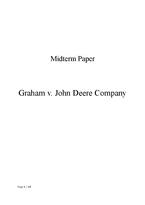
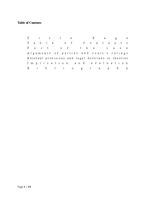
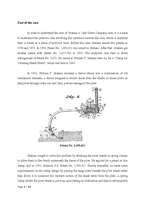
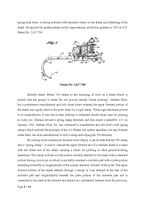
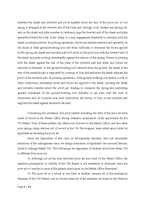
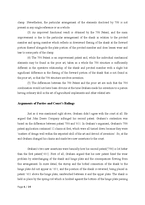
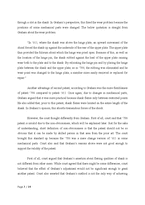
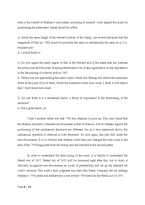
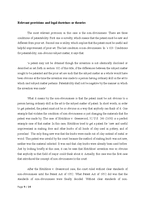
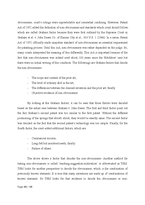
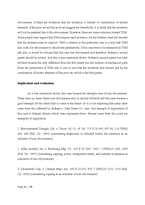
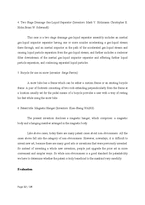

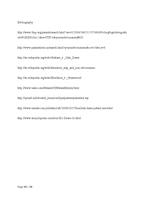
 분야
분야

